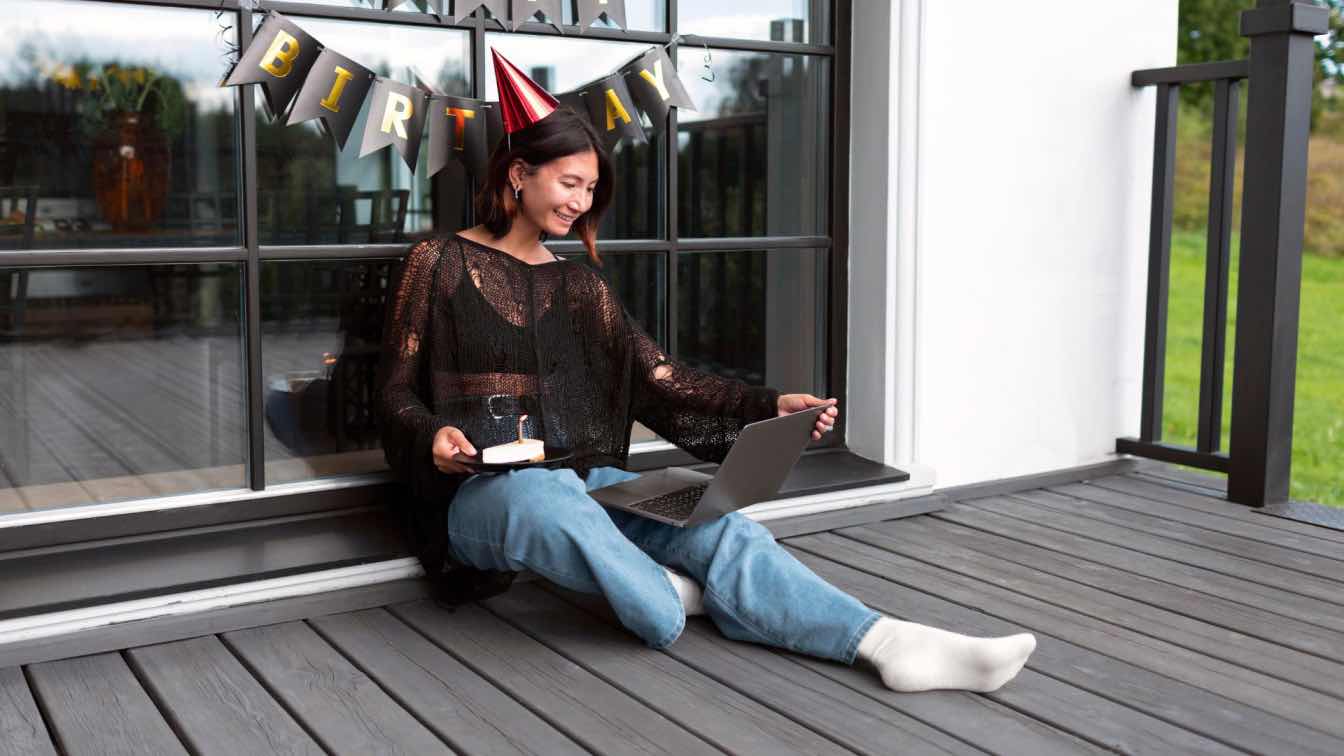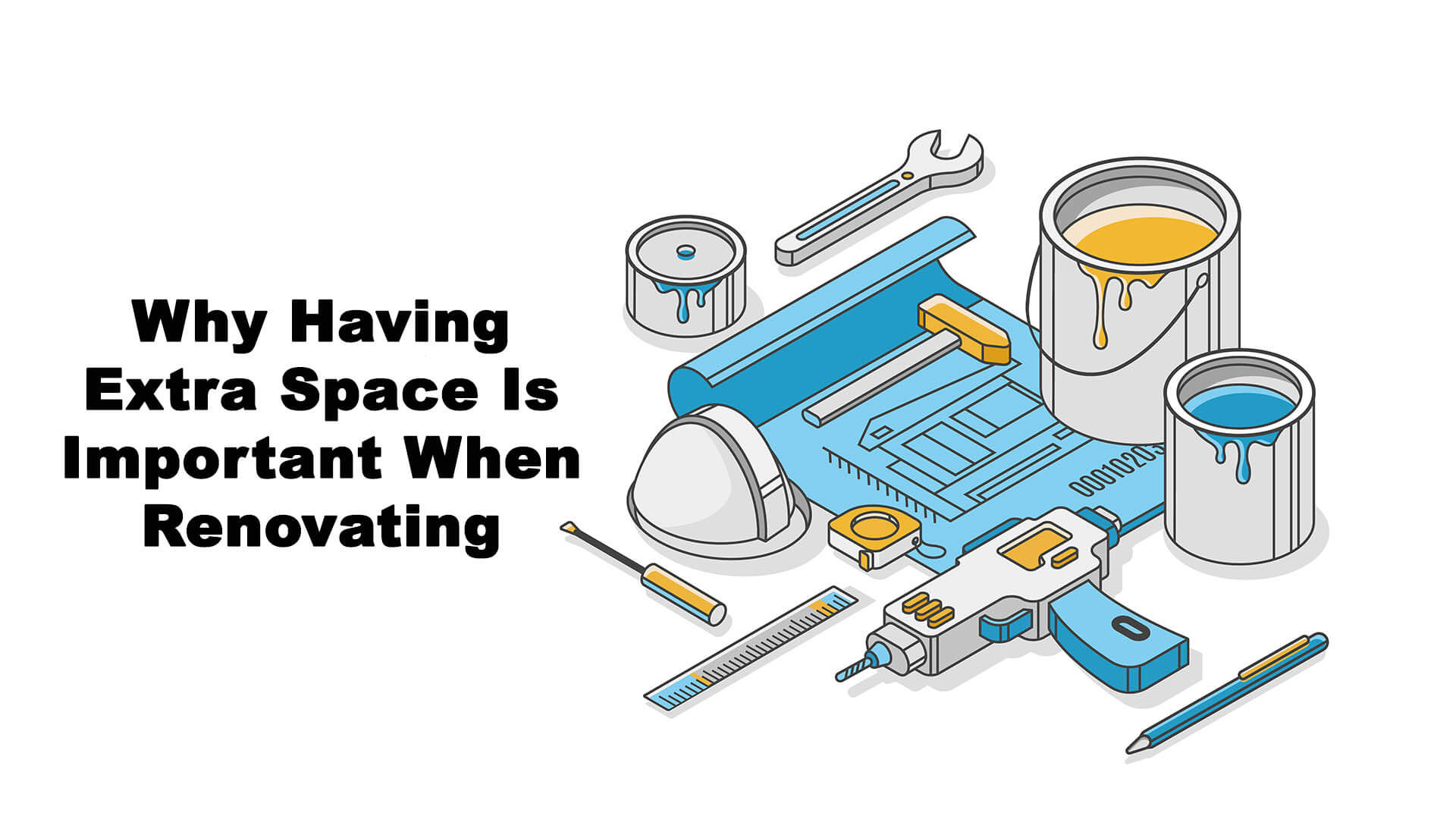When it comes to modern construction, composite wood is a game-changer. This innovative material combines the best of both worlds—durability and aesthetics, making it a favorite among builders and homeowners alike. I’ve always been fascinated by how composite wood can transform spaces while being eco-friendly and cost-effective.
What is Composite Wood?
Composite wood refers to engineered wood products from wood fibers, plastic, and adhesives. This combination enhances durability, moisture resistance, and overall strength. Commonly used in decks, furniture, and flooring, composite wood offers an eco-friendly alternative to traditional timber, reducing deforestation and waste. Its innovative composition contributes to its resilience and makes it a versatile choice for various applications in modern construction, capturing the attention of architects and builders alike.
Advantages of Composite Wood
Durability: It withstands weather conditions, making it suitable for outdoor settings.
Low Maintenance: Unlike natural wood, it requires minimal upkeep.
Sustainability: Many products use recycled materials, promoting environmental responsibility.
Versatility: Works well in various applications, including decking, fencing, and furniture.
These aspects make composite wood an appealing choice for many modern construction projects.
Top 5 Uses for Composite Wood
Composite wood stands out in modern construction for its versatility and durability. Here are the top five uses of this innovative material.
Decking and Outdoor Flooring
Composite wood excels in Oakio decking and outdoor flooring. Its resistance to moisture and pests makes it ideal for patios and decks. Builders appreciate its low maintenance requirements and long-lasting nature. Additionally, the aesthetic appeal of composite wood enhances outdoor spaces, providing both style and functionality.
Cladding and Siding
Composite wood serves as an excellent choice for cladding and siding. Its durability against weathering protects structures while offering a modern look. Builders often choose composite options for their ease of installation and reduced need for repainting. This application results in energy efficiency and improved insulation for homes and commercial buildings.
Structural Components
Composite wood's strength allows it to be used in structural components. It holds well under various loads and conditions, making it suitable for beams and posts. Compared to traditional wood, using composite in these applications minimizes the risk of warping or splitting. This reliability provides peace of mind for builders and property owners alike.
Interior Applications
Composite wood is used in various interior applications. From cabinetry to wall panels, it offers a sleek, modern appearance. The material's easy customization allows designers to achieve specific aesthetics without sacrificing durability. I often see composite wood used in homes, restaurants, and offices, enhancing the visual appeal while providing lasting performance.
Fencing and Landscaping
Composite wood proves effective in fencing and landscaping projects. Its resistance to rot and decay makes it a popular choice for outdoor barriers and decorative features. I appreciate that this material requires less maintenance than traditional wood options. Furthermore, using composite wood in landscaping contributes to a sustainable environment by reducing reliance on natural timber.
Why Composite Wood Is a Smart Choice
Composite wood presents several benefits that attract modern builders.
Sustainability in Construction
Composite wood incorporates recycled materials, making it a more eco-friendly choice. Using waste wood fibers and plastics limits the effects on forests while reducing landfill contributions. This environmentally conscious approach has become essential for many projects. It is a method to create durable products that also support sustainable living.
Economic and Long-Term Value
Investing in composite wood can yield significant economic advantages. Its durability minimizes the need for frequent repairs or replacements, which can save money over time. Products from composite lumber often resist rotting, warping, and insect damage, providing longevity. Consider this: lower maintenance costs usually equate to higher savings in the long run.
How Composite Wood Is Shaping Modern Construction
Composite wood drives innovation in modern construction. Its durability enhances structural integrity in diverse applications. I appreciate its aesthetic appeal, making spaces inviting. Composite wood simplifies maintenance, saving time and costs. Builders and homeowners embrace its eco-friendly qualities, benefiting the environment and contemporary design.
Conclusion
Composite wood stands out with its various applications in construction. These uses highlight its practical features.
Decking: Crafted for moisture resistance and slip resistance, enhancing safety.
Cladding and Siding: Offers a lightweight, durable alternative resembling natural wood without constant upkeep.
Structural Components: Strong enough for support while avoiding excess weight and resisting pests.
Cabinetry and Furniture: Allows for eco-friendly designs that can look intricate.
Fencing and Landscaping: The weather-resistant quality enhances outdoor aesthetics.
I’ve enjoyed exploring the many uses of composite wood in modern construction. It’s amazing how this innovative material combines durability with beauty while being friendly to our planet. Whether working on a deck or updating my home’s interior, I can see why so many people choose composite wood.
Its versatility enhances the look of spaces and makes life easier with its low maintenance needs. As I continue to see its impact in the industry, I’m excited about the future of sustainable building materials. Composite wood is a game-changer for creating stylish and eco-conscious environments.





